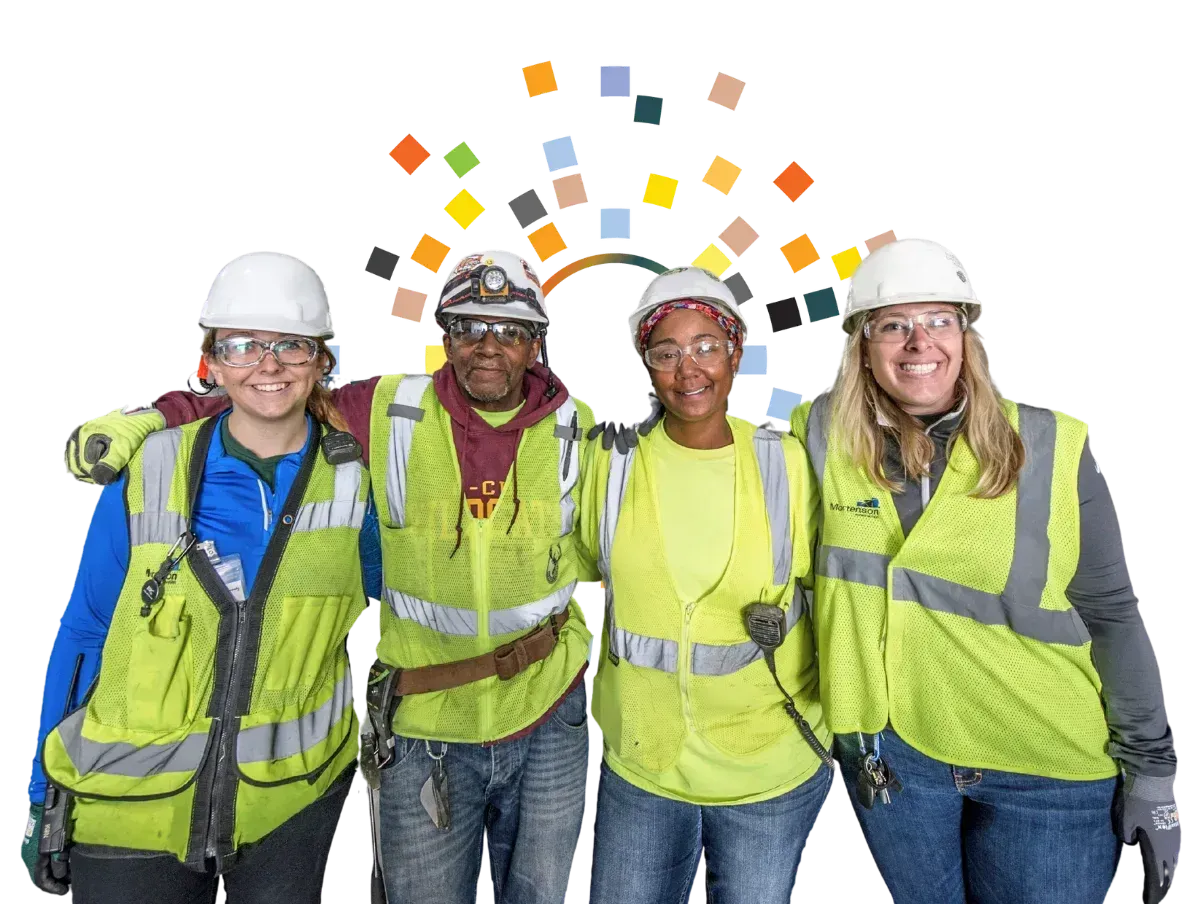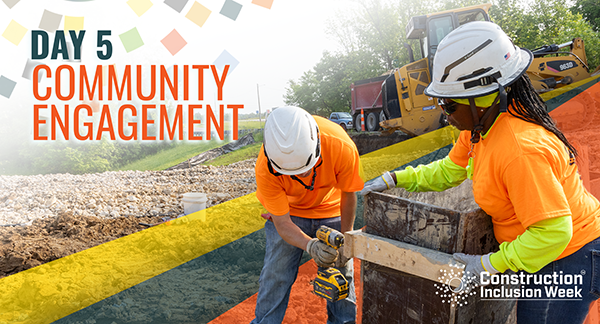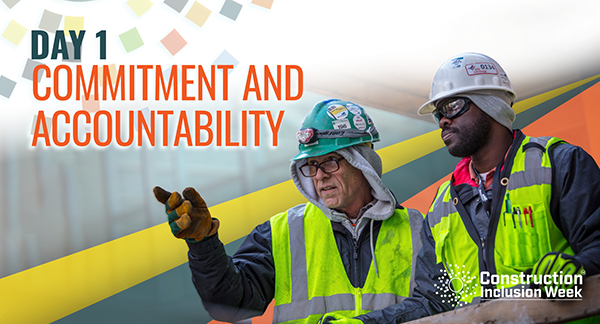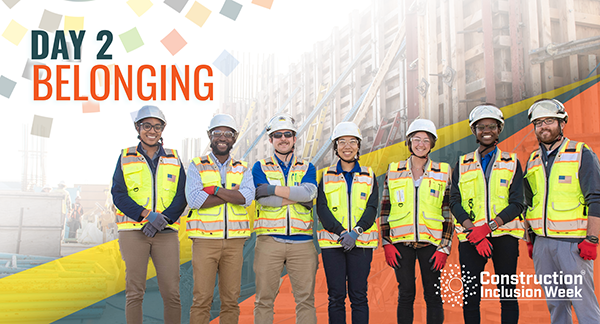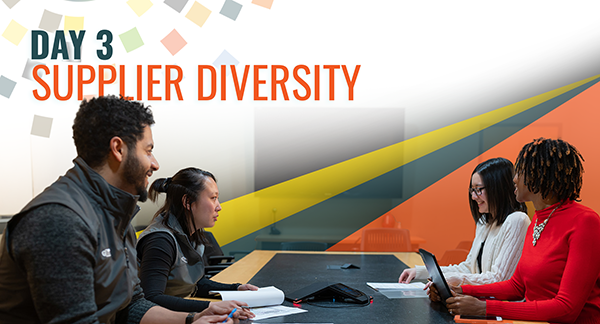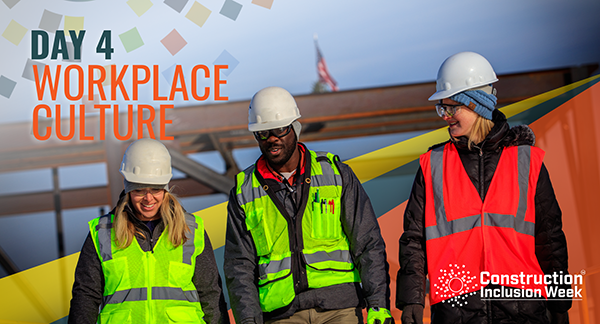CIW Archives
Explore the evolution of Construction Inclusion Week through our comprehensive archives, featuring past toolkits, event highlights, and success stories that showcase the initiative’s growing impact. Dive into years of resources and milestones to see how industry collaboration has driven meaningful progress—and find inspiration for your own efforts today.
Construction Inclusion Week Annual Archives
Since 2021, CIW has empowered companies, workers, and communities to build a more inclusive future in the construction industry. Dive into our annual archives below to revisit themes, resources, and milestones from each year’s campaign.
CIW 2024: AMPLIFYING BELONGING IN THE BUILT ENVIRONMENT
CIW 2024 focused on fostering a sense of belonging through workshops, community projects, and industry partnerships, empowering teams to create safer, more inclusive workspaces. Participants reported improved morale and collaboration, proving that small steps can lead to big changes in how we build together.
CIW 2024 Curriculum
